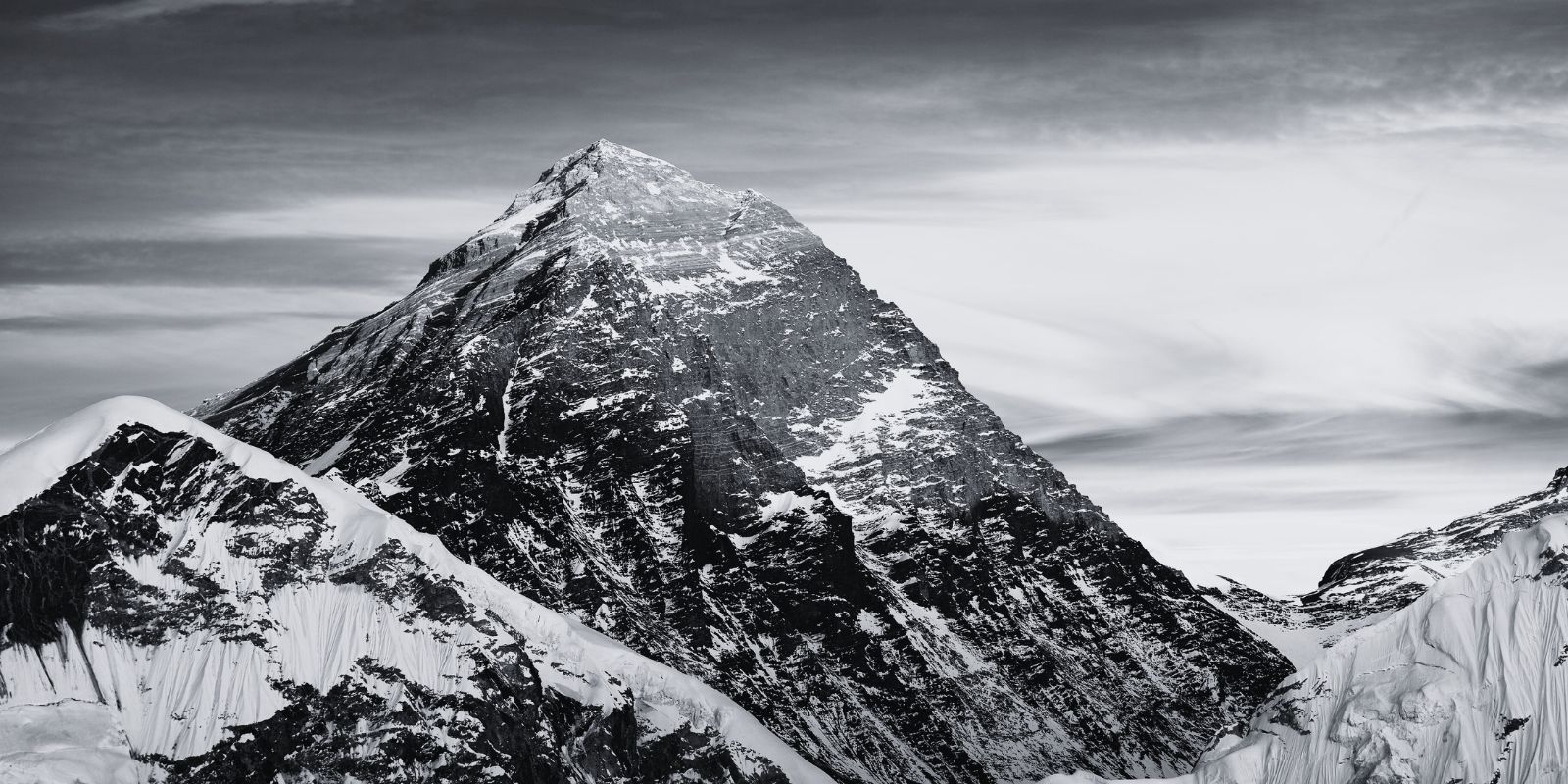What Happened On May 29th?
On May 29, 1953, Edmund Hillary and Tenzing Norgay reached the summit of Mount Everest, the highest point on Earth. With the teamwork between a New Zealand beekeeper and a Sherpa from Nepal, their ascent involved meticulous planning and rigorous training. Not only that, but this accomplishment required the coordination of over 400 people, including 362 porters and 20 Sherpa guides.
Before The Immense Climb
The quest to conquer Everest, named after Sir George Everest, the British Surveyor General of India, began long before Hillary and Norgay’s climb. The first reconnaissance of Everest was conducted in 1921 by the British, who mapped the region and established feasible routes.
George Mallory, a British mountaineer, began the early expeditions of Mt. Everest. When asked why he wanted to climb the mountain, he famously remarked, “Because it’s there.”
Mallory’s disappearance during a 1924 attempt left a lingering mystery: did he reach the summit before perishing on the descent? His body was discovered in 1999, but the question of his success remains unanswered .
Preparation & Team Dynamics
The 1953 British Mount Everest Expedition, led by Colonel John Hunt, was meticulously planned, with over 10,000 pounds of equipment. The team faced not only the physical challenges of the mountain but also the logistical nightmare of coordinating such a large group . Interestingly, the group included specialized oxygen systems, which had been significantly improved since earlier attempts. These systems were absolutely necessary for survival in the thin air above 8,000 meters, also known as the “death zone”.

Hillary & Norgay
Edmund Hillary, a beekeeper and mountaineer from New Zealand, and Tenzing Norgay, an experienced Sherpa who had been part of several previous expeditions, formed an unlikely but effective partnership. Their synergy was vital to their success. Despite their different backgrounds, they shared a mutual respect and a common goal.

Most know of their accomplishments, but not of the work that they had to put in. They practiced climbing techniques on the Lhotse Face, a steep wall of ice at high altitude, honing their skills and ensuring their equipment’s reliability. Their practice sessions included detailed drills on rope handling and traversing icefalls, critical skills for their final push to the summit.
The Final Ascent
The night before the final ascent, Hillary and Norgay spent a precarious night in a small tent at 27,900 feet. The cold was so intense that Hillary’s boots froze solid, and he spent precious morning hours thawing them over a small stove. This delay could have been strenuous, but their determination drove them onward.
On the morning of May 29, 1953, equipped with oxygen tanks and essential gear, they began their ascent. Hillary described the climb as grueling, with the pair battling not only the thin air but also the treacherous terrain. One of the most hazardous moments came when they encountered a 40-foot rock face, later named the Hillary Step. Hillary managed to climb it using techniques he had practiced, securing a rope for Norgay to follow.
At 11:30 AM, after hours of climbing, they reached the summit of Mount Everest. The view from 29,032 feet was breathtaking. Hillary took a photograph of Norgay holding his ice axe aloft, a historic image that symbolized their joint effort.

Norgay left an offering of chocolates in the snow as a gesture to the gods, while Hillary took a few moments to capture the panoramic view with his camera. They spent only about 15 minutes on the summit due to the extreme conditions, but those moments were filled with profound memories.
What Came Next?
News of their success reached the world on June 2, 1953, coinciding with the coronation of Queen Elizabeth II. This timing added to the celebratory atmosphere in Britain and the Commonwealth. Hillary and Norgay were praised as heroes, with Hillary being knighted and Norgay receiving the George Medal.
Despite their fame, both men remained humble about their achievement. Hillary went on to dedicate much of his life to humanitarian work in Nepal, establishing schools and hospitals through the Himalayan Trust. Norgay continued to guide climbers and educate the world about the Sherpa culture, becoming a symbol of perseverance and strength.
The day Edmund Hillary and Tenzing Norgay reached the summit of Mount Everest is more than a historical event; it is a narrative of human determination, collaboration, and respect for nature’s grandeur. Their journey was fraught with challenges and dangers, yet their combined skills and spirit led them to success.





